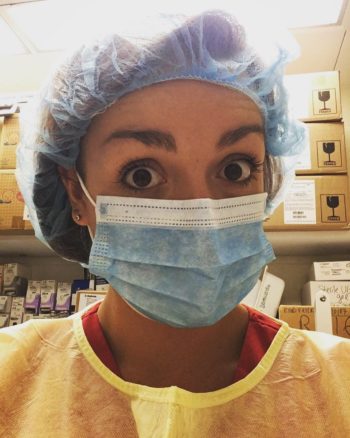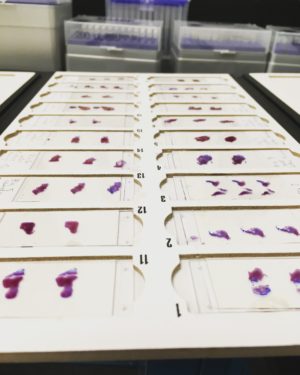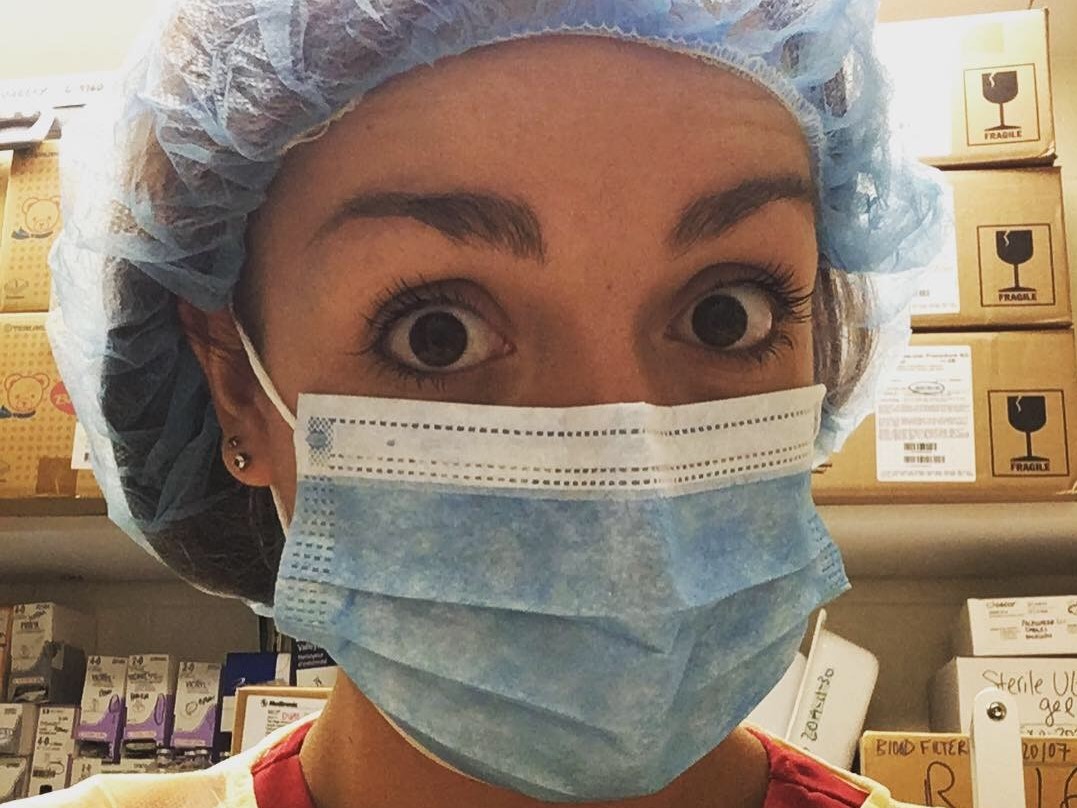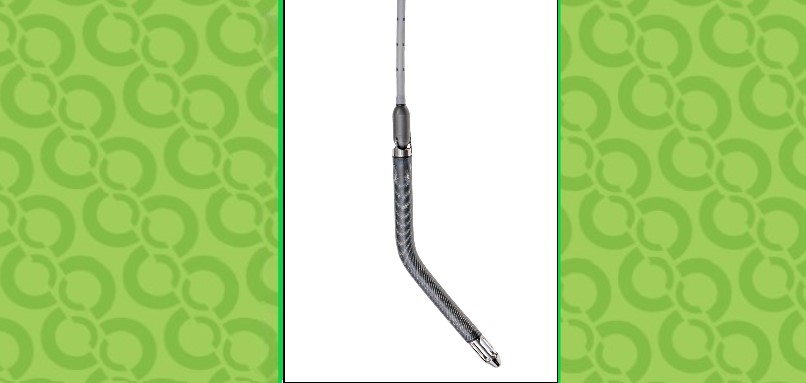Life as a Research Scientist: Mending Broken Hearts
Research By: Emma Agnew, PhD
Post Date: October 30, 2019 | Publish Date:

“Every day in the lab I remind myself how fortunate I am to be carrying out potentially lifesaving research at a world-class institution. No day is the same, that’s for sure.”
— Emma Agnew, PhD, Post-Doctoral Fellow
Lots of people ask me: “What got you into heart research?”
Imagine winding the clock back 12 years to see a shy, wide-eyed teenager holding onto a cow heart during biology class, realizing that it made her own heart rate soar in wonder. Many years on, and many hearts later, I still find myself amazed and inspired by my work every day.
I began my research career at The University of Edinburgh in Scotland, being funded by the British Heart Foundation to research heart and circulatory disease for my Master’s and PhD degrees. I worked on projects from assessing if hydrogen sulfide, a poisonous gas with the smell of rotten eggs, is good for healing the heart after a heart attack, to investigating the effects of stress on pregnancy.
My three-year PhD focused on understanding how steroid hormones named glucocorticoids, often given to pregnant women at risk of going into labor too early, may affect the heart of the growing baby. This research captured my curiosity and interest in infant-related heart research, so my dream became to continue my career at a children’s hospital. A couple of weeks after defending my PhD thesis, I was on a plane ready to start as a postdoctoral research fellow at Cincinnati Children’s.

Can hearts heal themselves?
I started work in Katherine Yutzey’s lab, transitioning from mouse-related cardiovascular research to working with larger mammals with the hope that this research can be more closely related to benefiting humans. My project, working alongside the pediatric cardiothoracic team, is to determine if the pig heart can repair itself following injury to its heart. The goal is to ultimately give babies born with heart problems the very best start, to lead to a long and healthy life–and perhaps help adults recover more completely after surviving a heart attack.
Within the cardiovascular field, we have learned that the mouse heart can self-repair following injury in the week after birth. This finding was amazing because it proved that at least some mammal hearts can regenerate.
However, this exciting self-repair mechanism may or may not happen in humans. Even if it does, how long does it last for after birth? Can we switch it back on in adult life to rebuild muscle damaged by a heart attack? By studying larger mammals, such as the pig, our lab is helping to bridge this gap in scientific knowledge to ultimately improve heart health in humans and prevent heart disease from being the leading cause of death worldwide.
Protocols, planning, peering into microscopes
Behind the scenes, life as a research scientist typically involves breaking down complex tasks into step-by-step protocols that can be carried out many times over to gather the information we need to answer key research questions. For my project, this involves overseeing the pig heart surgeries, collecting the heart tissue at the end of the study period, and then preparing thin slices of the tissue to be stained to reveal the different structures and cells within.
Along with others on our lab team, I spend many hours a week studying samples under powerful microscopes to understand what is happening in the heart at the molecular level. Planning and problem solving also are big parts of the job, because it is important to use as few animals as possible to obtain the information we need.
Having such brilliant expertise around you at Cincinnati Children’s to share ideas and knowledge, makes this part of the job a lot easier. Every day in the lab I remind myself how fortunate I am to be carrying out potentially lifesaving research at a world-class institution. No day is the same, that’s for sure.
The last major task in a research project is to analyze and write your results in an understandable way to share with colleagues and the research community. Communication skills are vital to researchers, from oral presentations to scientific paper writing and grant writing to ensure you have funds to support your research.
The value of communication
My experiences so far have taught me that mending broken hearts requires more than making discoveries in the lab. Sharing my findings, whether the results are positive or negative, is essential for exchanging knowledge and ideas not only within my department, but also to the staff, patients, families and public affected by heart disease.
This is why I continue to share my research experiences beyond the pages of medical journals. I seek to inspire and engage people everywhere with the astounding and forever changing world of science. Through these conversations, who knows, perhaps another wide-eyed teenager will be inspired to pursue their own ways of changing the outcome for children.





